In 2022, 63% of all businesses worldwide increased their digital marketing budget. It is because at least 36% of all product searches begin on Google. However, for a successful digital marketing campaign for lead generation, you need to understand and follow the best digital marketing trends.
Once considered ambitious and bordering on the absurd, Metaverse marketing, voice search engine optimization (VSEO), and Internet of Things (IoT) advertising have now become leading trends in the digital marketing world.
These concepts, which were once thought to be far-fetched, have now become a crucial aspect of the industry.
If your business wants to maintain a competitive edge in the increasingly saturated online market, it is essential to adopt digital marketing trends of 2023.
What is Lead Generation in Marketing?
Lead generation is a marketing process in which a business seeks to identify and cultivate potential customers, called leads, with the goal of converting them into paying customers.
The process typically involves a series of steps, including attracting leads through digital marketing strategies, capturing their contact information, and nurturing them until they are ready to make a purchase.
This could involve sending targeted emails, offering free resources, or providing personalized support to help educate and build trust with the lead.
The goal of lead generation is to identify and cultivate a pool of interested and qualified leads who are more likely to become paying customers, helping to increase a company’s revenue and customer base.
Effective lead generation requires a well-designed online marketing strategy, ongoing testing and optimization, and the use of marketing technologies and data analytics to measure and improve performance.
Why Follow Digital Marketing Trends
As the digital landscape continues to evolve, it’s imperative for businesses to stay ahead of the curve and adapt to the latest innovations in the world of digital marketing.
In this crowded online landscape, following digital marketing trends and the best digital marketing techniques can be the difference between success and failure.
Renowned beverage brand Coca-Cola has been known for its innovative digital marketing strategies. They created the “Share a Coke” campaign where customers could purchase a Coke bottle with their friend’s name on it, encouraging sharing and personalization.
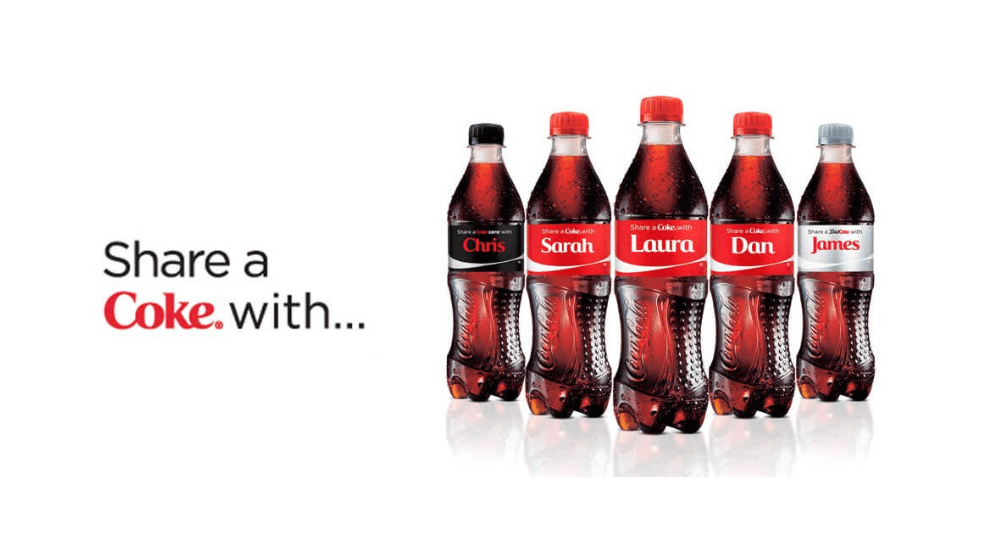
The campaign was a huge success, leading to an increase in sales and brand awareness.
One of the most significant benefits of following digital marketing trends is the ability to reach your target audience where they are spending their time.
With the rise of social media, mobile devices, and the Internet of Things, consumers are more connected than ever before. As a result, businesses must stay on top of these trends to reach their customers in the most effective way possible.
Digital Marketing Trends for 2023
AI Marketing
AI is increasingly important in lead generation because it can help marketers in marketing trends to identify and target the right prospects with personalized content and offers, at the right time and through the right channels.
Starbucks collects and analyzes customer data to provide customers with Personalized Recommendations.
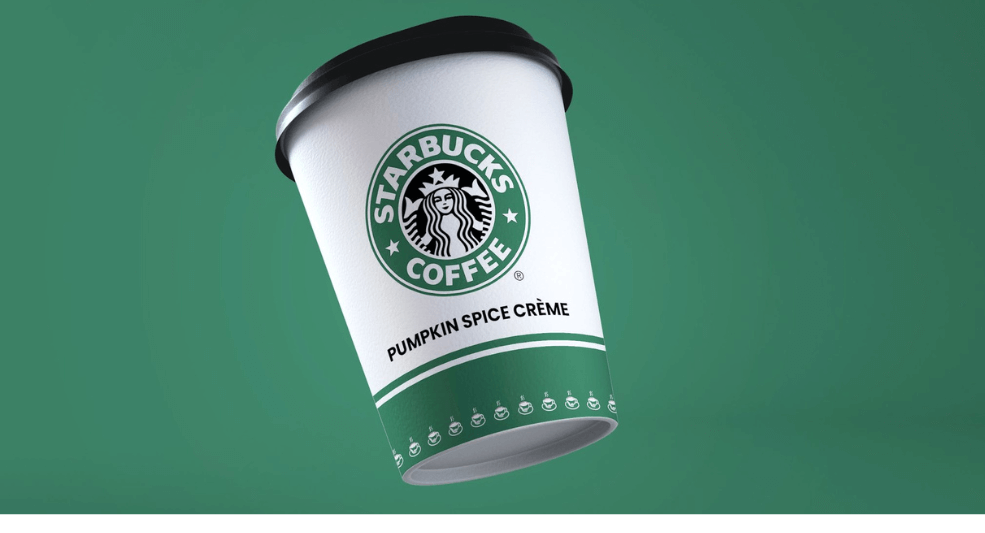
Starbucks revealed its personalization plan in 2016. Since then, the brand has been collecting data to improve customer experience.
Using AI, businesses and brands can get insights into customer behavior and preferences, helping marketers optimize their campaigns and improve conversion rate optimisation.
Programmatic Advertising
By leveraging machine learning and artificial intelligence algorithms, programmatic advertising can analyze vast amounts of data to identify the best ad placements, formats, and creative elements that are most likely to resonate with each individual prospect.
Google has been leveraging programmatic marketing since 2014 to promote its Google Search App.
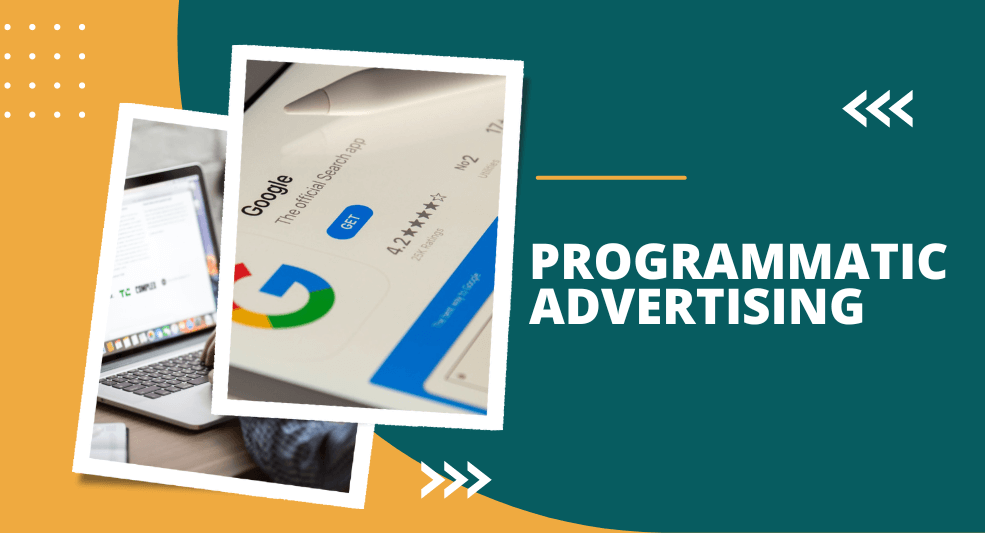
The tech giant made use of first- and third-party data for ad targeting and focused on the right audience. The company’s efforts resulted in:
- 50% increase in brand awareness
- More potential users
Programmatic advertising as a digital marketing technology offers real-time data and insights, allowing marketers to quickly adjust their strategies and improve their campaigns as needed.
This level of agility and responsiveness is essential in today’s fast-paced digital environment.
Chatbots
Chatbots are increasingly important in lead generation because they allow marketers to engage with prospects in real-time, providing personalized and relevant information at any time of the day or night.
By using chatbots in lead generation, marketers can automate and scale their customer interactions, providing a seamless experience across all channels.
Chatbots can also help qualify leads by asking the right questions and providing relevant content, ensuring that sales teams focus their efforts on the most promising prospects.
HelloFresh, a publicly traded meal kit company, uses a chatbot ‘Brie’ to show its brand voice. An amazing thing about Brie is that it provides users with different prompts to start a fruitful conversation.
As chatbot technology continues to evolve, we can expect to see even more innovative use cases and benefits for marketers looking to generate leads and engage with prospects in new and exciting ways.
Omnichannel Marketing
Omnichannel marketing allows marketers to reach prospects through multiple channels and touchpoints, providing a seamless and integrated experience across all platforms.
By using a combination of online and offline channels, including email, social media, search engines, mobile devices, and even in-store interactions, marketers can engage with prospects at every stage of the customer journey.
In the makeup world, Sephora is known as the master of marketing.
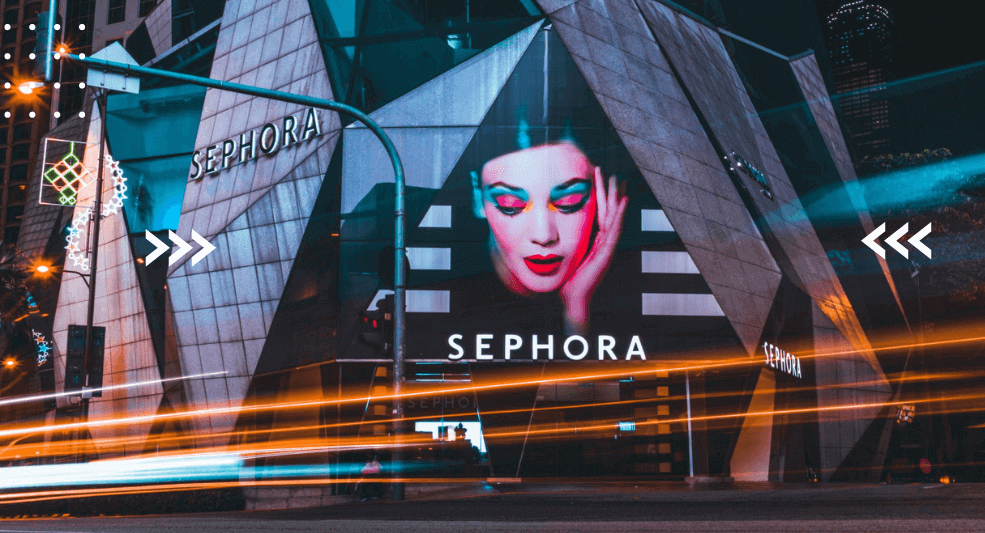
In addition to brick-and-mortar locations, the retailer of personal care and beauty products elevates customer experience through free makeover, courses, and beauty tips.
When it comes to lead generation, omnichannel marketing enables marketers to create a cohesive and consistent brand experience that builds trust and credibility with prospects.
By using a consistent message and tone across all channels, marketers can reinforce their value proposition and increase the likelihood of converting prospects into customers.
Augmented Reality (AR)
AR is a powerful tool for online lead generation, offering a more engaging and interactive experience that can increase brand awareness, improve conversion rates, and provide valuable data and insights for marketers.
Adidas, the manufacturer of athletic shoes and sporting supplies, has been using AR to help customers understand what a pair of shoes may look like on their feet.
The German brand uses its iOS app to provide its customers with the AR experience.
By using AR in lead generation, marketers can provide a more memorable and shareable experience that can increase brand awareness and loyalty. AR can also help marketers stand out from competitors by offering a unique and innovative experience that can differentiate their brand.
Metaverse Marketing
Metaverse marketing is a new and emerging trend that involves marketing within virtual and augmented reality environments.
It is becoming increasingly important in lead generation because it allows marketers to engage with prospects in a highly immersive and interactive way, creating a more memorable and personalized experience.
In 2021, Disney revealed its plans around a ‘virtual-world simulator’ called New MagicBand+ Wearable – a project that brings Disney’s fascinating theme park in the form of a 3D realm.
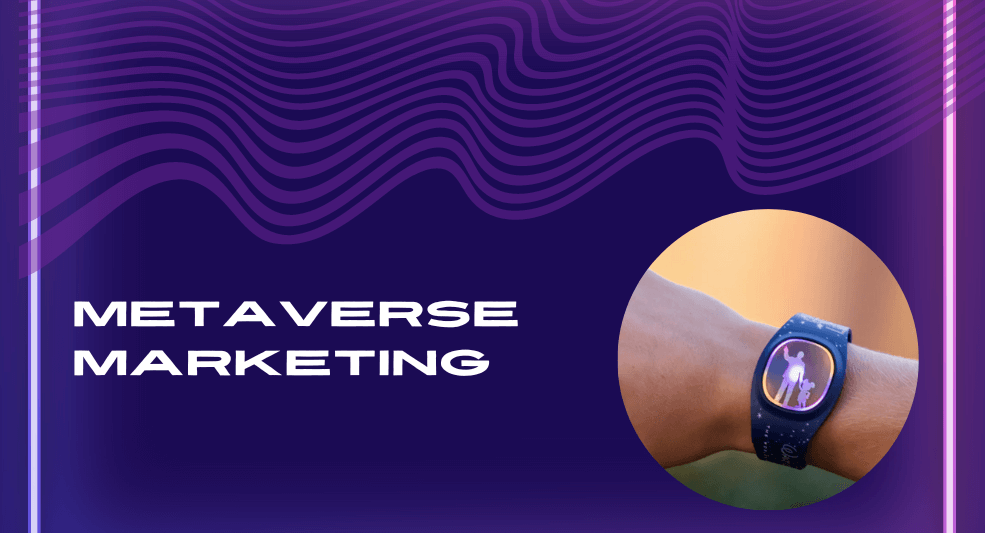
Pic credit: Disney
By using metaverse marketing in lead generation, marketers can create virtual environments where prospects can interact with products and services in a more realistic and engaging way.
This can help increase brand awareness and loyalty by providing a unique and innovative experience that sets their brand apart from competitors.
Account-based Marketing (ABM)
Account-based Marketing (ABM) is a powerful tool for lead generation, offering a more targeted, personalized, and effective approach to marketing.
As this trend continues to evolve, we can expect to see even more innovative use cases and benefits for marketers looking to generate leads and engage with prospects in new and exciting ways.
GumGum, which creates advertising campaigns, created a comic book that shows T-Mobile CEO as a superhero alongwith GumGum.
I love this!! Thank you @GumGum for making this epic comic book about @TMobile. Go #Tman!!! https://t.co/ygzWVS947d pic.twitter.com/wFp8CAiGz1
— John Legere (@JohnLegere) November 29, 2016
As the advertising campaign was specifically designed to target T-Mobile, GumGum succeeded in impressing the T-Mobile CEO acquiring the account.By using ABM in lead generation, marketers can improve their targeting and increase the likelihood of converting prospects into customers. ABM allows marketers to focus their efforts on accounts that are most likely to be interested in their products or services, increasing the effectiveness of their campaigns and improving ROI.
Conversational Marketing
Conversational marketing is an important trend in lead generation because it allows marketers to engage with prospects in a more personalized and human way.
Conversational marketing involves using chatbots, messaging apps, and other tools to have real-time conversations with prospects and provide them with relevant information and assistance.
With their customer service chatbots, deployed across various channels like Facebook Messenger, Slack, Amazon Echo, and others, Lyft has elevated their customer-centric approach to a new level.
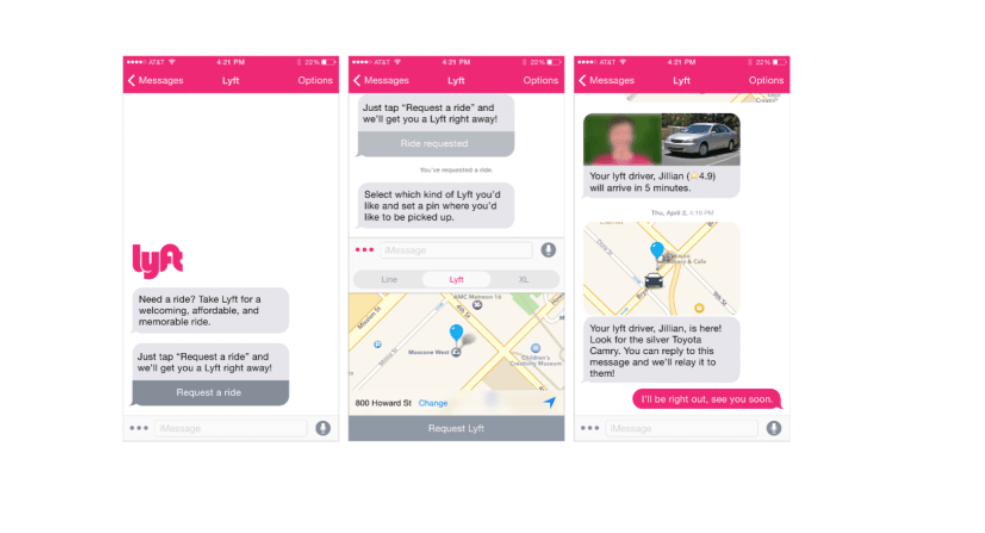
Whether you’re on the go with your phone, a simple Lyft inquiry on a chat channel can provide you with real-time information on estimated time of arrival, available vehicles, and fares.
Conversational marketing offers valuable data and insights that can help marketers optimize their campaigns and improve their lead generation efforts.
By analyzing user behavior and interactions, marketers can gain a deeper understanding of their prospects’ preferences and behaviors, and tailor their messaging and offers accordingly.
Video Marketing
In today’s high-speed Internet-friendly world, businesses are using videos as one of the most valuable digital marketing tools to showcase products or services, provide helpful information, and build brand awareness and trust.
By incorporating video into their lead generation efforts, marketers can improve their conversion rates and drive more qualified leads.
Video content can help to educate prospects on the benefits and features of a product or service, as well as provide answers to common questions or concerns.
A few years ago, to promote their new line of HD TVs, LG pulled a prank on job-seekers that put them in a stressful situation by sabotaging their job interviews.
The prank made for an entertaining and engaging video, as viewers were able to share in the tension and empathize with the job applicants.
Video marketing is a powerful tool for lead generation, offering a more engaging, personal, and memorable approach to marketing.
As this trend continues to evolve, we can expect to see even more innovative use cases and benefits for marketers looking to generate leads and engage with prospects in new and exciting ways.
Visual Search Marketing
Visual search marketing is an emerging trend in lead generation that enables users to search for products and services using images rather than text-based queries.
This technology uses machine learning and computer vision to analyze images and provide relevant search results, which can help marketers to connect with prospects in a more meaningful way.
Google Lens is the finest example of visual search marketing.
Google Lens is an image recognition technology developed by Google. It allows users to search for information about real-world objects by taking a photo of them with their smartphone camera. Google Lens uses machine learning and computer vision to analyze images and identify objects, text, and other elements within the image.
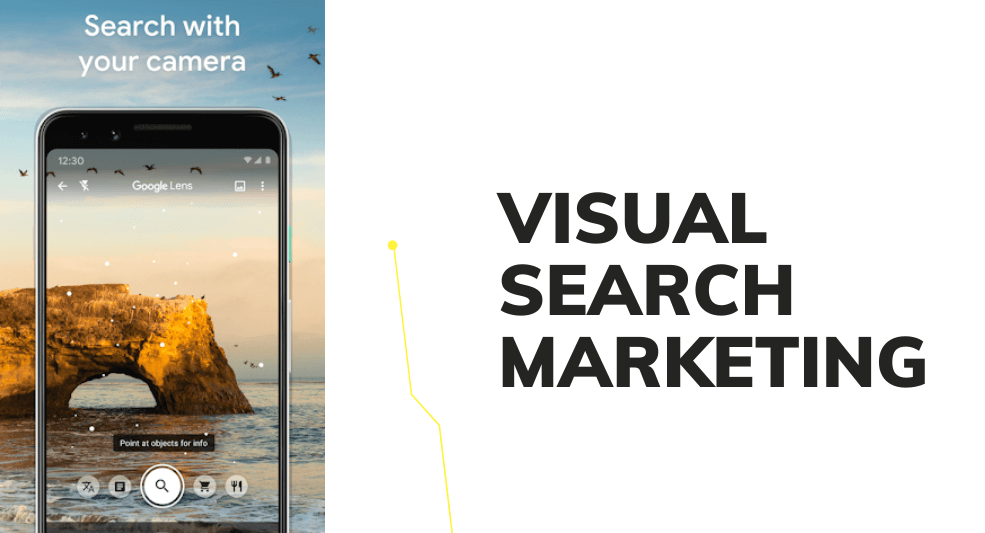
Google Lens can be used to perform a variety of tasks, such as identifying plants and animals, scanning barcodes and QR codes, translating text, and searching for products or similar images.
It can also recognize famous landmarks, provide information on businesses and restaurants, and offer reviews and ratings.
Visual search marketing offers valuable data and insights that can help marketers optimize their campaigns and improve their lead generation efforts.
By analyzing user behavior and interactions, marketers can gain a deeper understanding of their prospects’ preferences and behaviors, and tailor their messaging and offers accordingly.
Conclusion
As digital marketing budgets continue to rise, businesses must remain ahead of the curve to stand out in the crowded online market.
Following digital marketing trends is the key to success, and businesses that adopt the latest innovations, such as AI marketing, programmatic advertising, chatbots, omnichannel marketing, and augmented reality, will have a competitive edge in 2023.
By understanding and utilizing these trends, businesses can identify and cultivate qualified leads that are more likely to convert into paying customers, resulting in increased revenue and a broader customer base.

